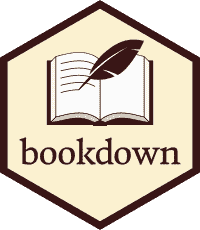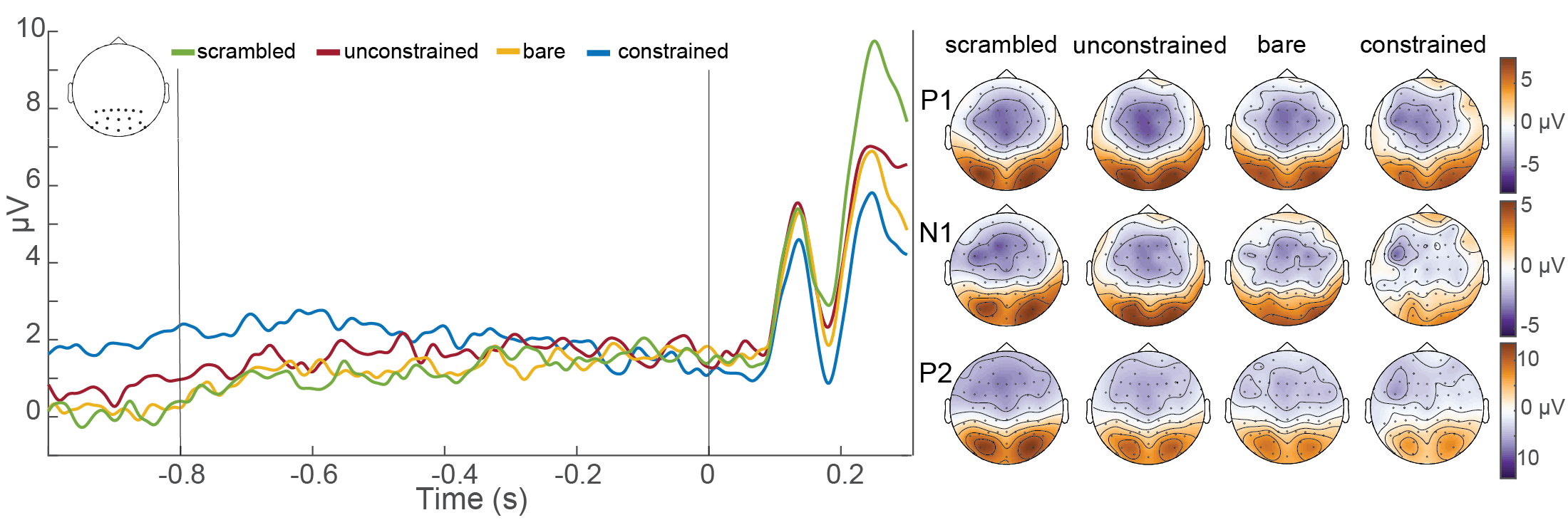Julia Chauvet
About Me
I'm a Ph.D. student working in the Psychology of Language department under the supervision of dr. Andrea E. Martin and prof. dr. Antje S. Meyer.
How do we articulate thoughts into spoken sounds? Because most accounts treat language planning and speech processes separately, their interface is underspecified. I bridge these domains by studying (i) how discrete linguistic plans (phonemes and metrical structure) are organized and sequenced into the articulatory system; (ii) how this mapping interacts with phrase-level prosody; and (iii) how the speech motor system represents and deploys well-practiced routines (“motor chunks”) versus assembling movements on the fly.
I use theoretical, behavioural, electrophysiological, and computational (neurocognitive) modelling to address these issues. We have replicated that syllable frequency facilitates speech motor planning—frequent syllables yield faster reaction times and distinct ERP signatures during planning. Unexpectedly, we also observed longer articulation durations for frequent syllables; future work will assess the robustness and interpretation of this effect. A second line of work uses computational modelling to simulate speech sequencing and the assignment of segments to syllable positions within a metrical frame. Current projects examine how lexical stress interfaces with phrase-level prosody.
Previously, I was affiliated at the Ernst Strüngmann Institute for Neuroscience and worked as a research assistant at the Donders Institute for Brain, Cognition, and Behaviour. I graduated from the Research Master's Neuroscience at the Free University of Amsterdam, and the Bachelor’s Linguistics at the University of Amsterdam. I was also trained at Sorbonne Université and the Ecole Normale Supérieure, Ulm.
Research Interests
- Language and speech production
- Theories of language production and speech motor control
- Electrophysiology
- Neurocognitive computational modeling
Publications
-
 Form to Articulation
doi:10.17605/OSF.IO/9UM3Y
Form to Articulation
doi:10.17605/OSF.IO/9UM3Y
Presentations
Posters
Chauvet, J., Slaats, S., Poeppel, D., Meyer, A. S. (2023). The syllable frequency effect before and after speaking. Poster presented at the 19th NVP Winter Conference on Brain and Cognition, Egmond aan Zee, The Netherlands. PDF OSFRoos, N., Chauvet, J., Piai, V. (2023). Electrophysiology of the concise language paradigm (CLaP): At the intersection of comprehension and production. Poster presented at the 19th Winter Conference of the Dutch Society for Brain and Cognition (NVP 2023), Egmond Aan Zee, the Netherlands. PDF OSFChauvet, J., Slaats, S., Poeppel, D., Meyer, A. S. (2023). The syllable frequency effect before and after speaking. Poster presented at the 15th Annual Meeting of the Society for the Neurobiology of Language (SNL 2023), Marseille, France. PDFRoos, N., Chauvet, J., Piai, V. (2023). Electrophysiology of the concise language paradigm (CLaP): At the intersection of comprehension and production. Poster presented at the 15th Annual Meeting of the Society for the Neurobiology of Language (SNL 2023), Marseille, France. PDF OSF
Slide presentations
2024
Chauvet, J. Introduction to Electrophysiology. Leiden University. SlidesChauvet, J. Lexical Generation in Speech Production. Flinker Lab, New York University.
2023
Chauvet, J. Brain Rhythms and Cognition. University of Amsterdam. SlidesChauvet, J. Phonetic encoding and efference copies in speech production: Effects of Syllable Frequency in Dutch. Poeppel Lab, Ernst Strüngmann Institute for Neuroscience.
2022
Chauvet, J. Brain Rhythms and Language. University of Amsterdam.
Powered by Jekyll and Minimal Light theme.
 CLaP
CLaP